Natural light problem of museum
Author:Bill Wu Issuing time:2015-09-02
Natural light is a very high-quality and efficient light source, with respect to artificial light, it can bring a more comfortable visual and psychological feeling, but for the lighting design for the museum it is a very sensitive topic, because its introduction has a very obvious disadvantages, such as its illumination may vary over time and seasons, with a strong permanent UV that not conducive to the permanent exhibits protection.
Authenticity and artistic needs natural light to represent
The main problem of Museum lighting design is: Protect the exhibits form radiation damage as little and show its authenticity and artistic during the show.
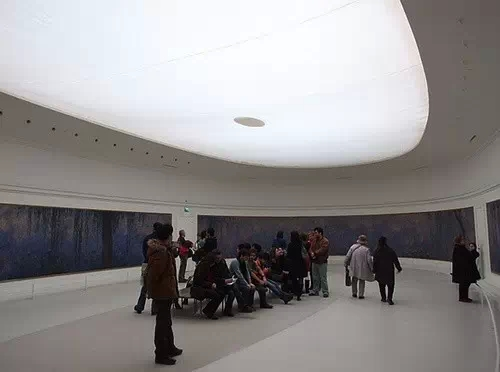
Fig1:Monet masterpiece "Water Lilies" donut hall in paris Musee de l'Orangerie
There is no lamps in the hall, the light used is irradiate from the top of building and then been optical design, the aim is to let the audience experience waxes and wanes when appreciate Monet painting
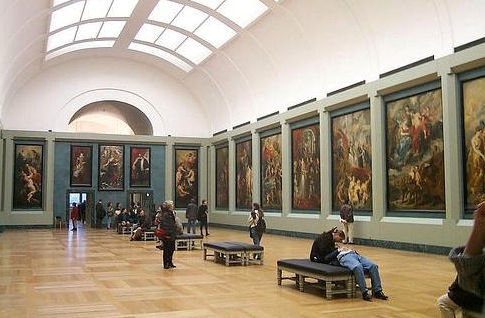
Fig2:The exhibition hall of Louvre museum that entirely use natural light
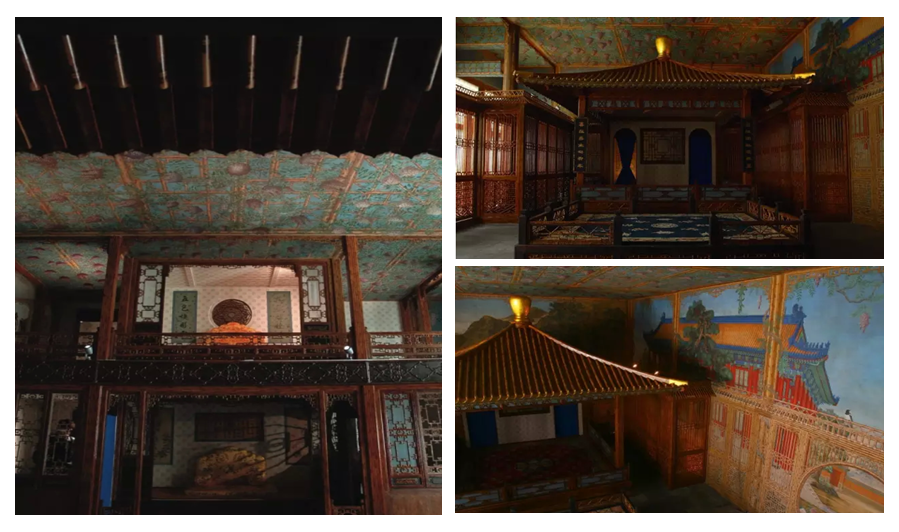
Fig3:Juanqin vegetarian of Forbidden City
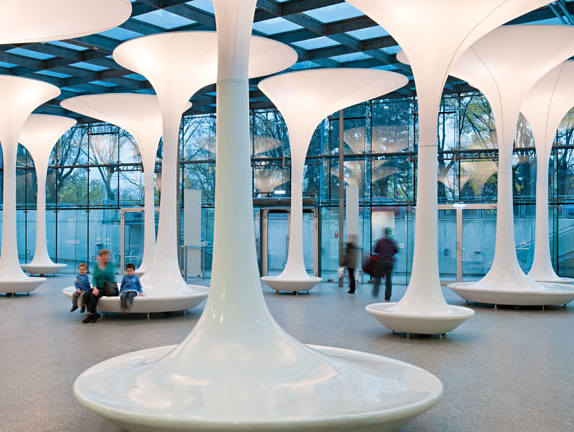
Fig4:Natural light museum lounge
Why Museums rarely use natural light for illumination?
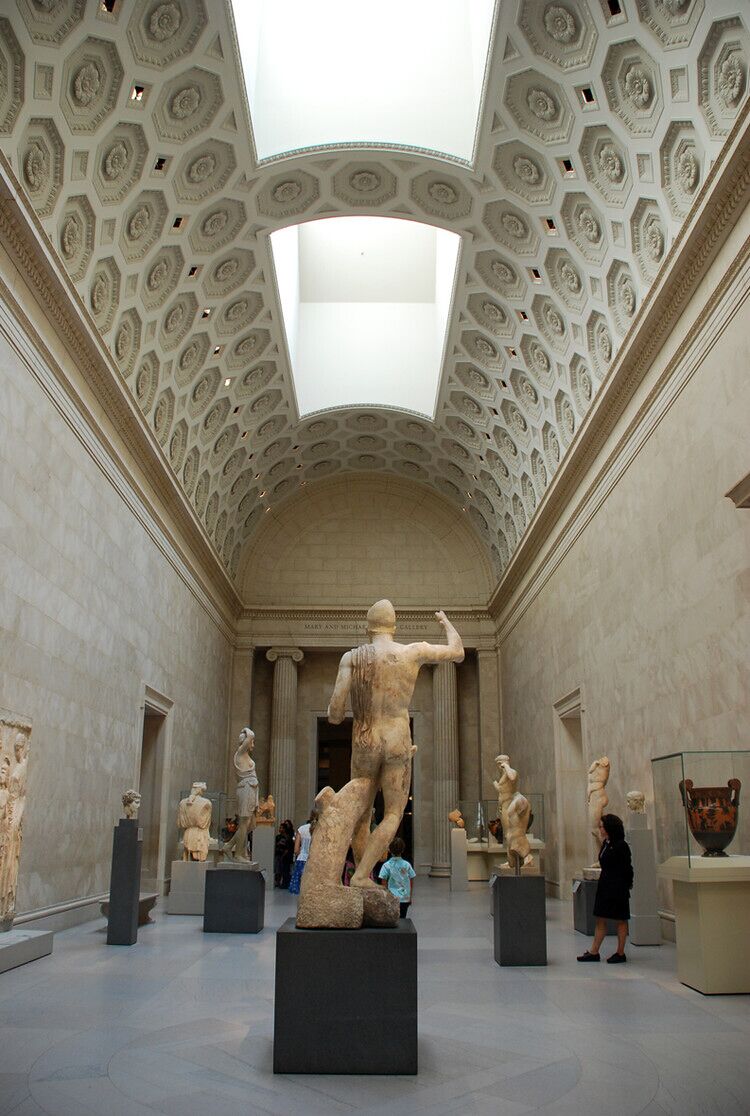
Fig5:Natural light Illumination
Firstly, radiation components of natural light is complex.
Secondly, illuminance of natural light fluctuations too lmuch, it can reach 100,000lux on the noon,, while on the evening or on cloudy days, may be as low as tens of Lux.
Thus, if the museum want to take advantage of natural light, it must increase the number of configuration,like illuminance reducing device……
Precautions of natural light applied in museum
Display area are relics exhibition area, which have high requirements of light. If you want to take advantage of natural light, you must handle the following questions:
1 Changes of illuminance
Table:Illumination table
Sunrise and Sunsets | 1850 |
Half an hour before Sunrise and Sunsets | 2350 |
9:00 to 15:00 later | 5000-4800 |
Average Illuminance | 5500 |
The direct light at summer noon | 5800 |
The direct light at autumn noon | 6000-6500 |
Cloudy day sky light | 6400-7000 |
Soupy weather sky light | 7500-8500 |
Thin cloud sky light | 13000 |
2 Components of natural light
3 Integration of color temperature
4 Glare control
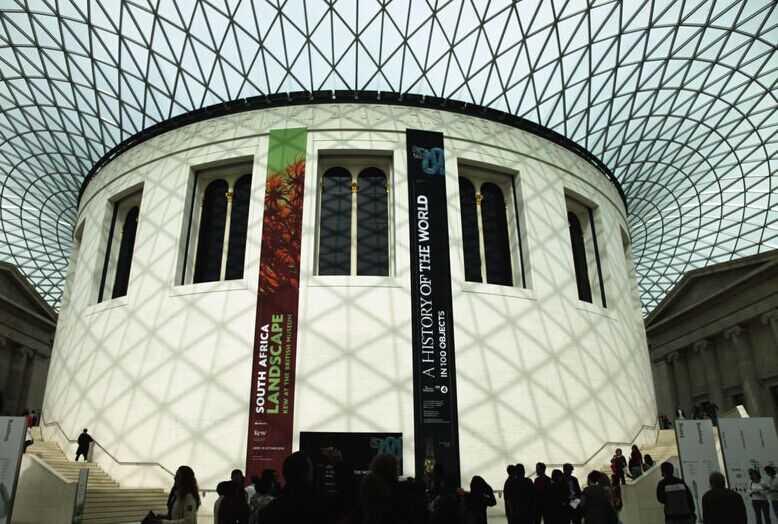
Fig6:The British Museum
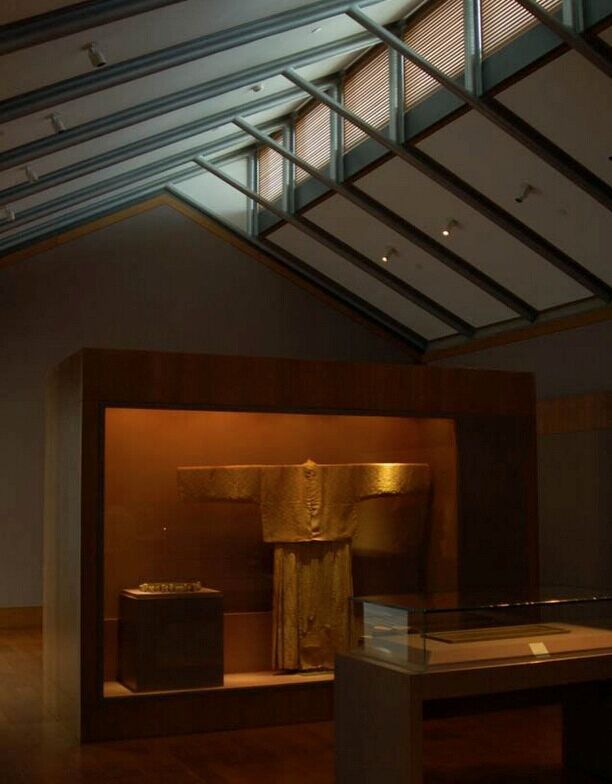
Fig7:Suzhou Museum
After the previous analysis, we can find out what kind of light museum need:
Illumination and people comfortable light
Soft and clean light
Vivid and pure light